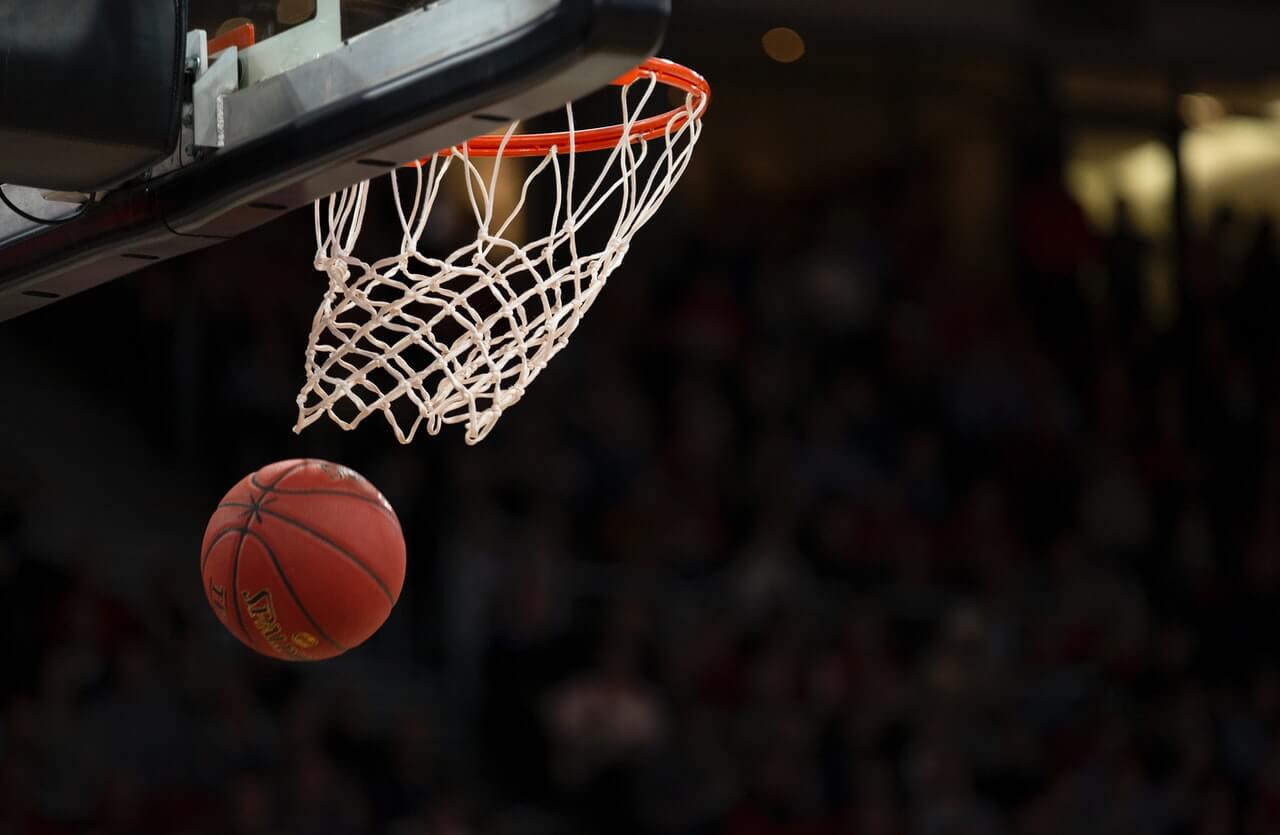Here we go. We’ve completed March, and now, it’s down to the Final Four in this year’s NCAA March Madness. As I analyze the four remaining teams and highlights of their seasons (and take a look at my butchered bracket!), I think about how March Madness and – more importantly – the game of basketball really does embody what we know about facilitation.
Let’s consider that thought for these reasons:
1. What we call engagement strategies, the players call pre-game activities – like pre-game warm-ups and pre-game rituals. The warm-ups are methodical drills that help the players get in rhythm, exercise their skills, and engage with each other – from stretching to laps to shooting. Many teams also have traditional, superstitious activities that must be done before any game – some are peculiar, some are funny, some stir the spirit outside of the locker room and are felt by the fans. They are just like engagement strategies, which facilitators love because they help focus and motivate the group and the result wanting to be achieved. We have a whole manual on strategies that engage a group, get them “warmed up” and thinking, and prevent boredom. Because pre-game warm-ups and rituals are often performed at the beginning before the game starts, they are also like opening statements because they produce the IEEI – the inform, excite, empower, and involve – that we teach in facilitation training, like The Effective Facilitator. What are the best warm-ups or rituals you’ve seen?
2. Even the word “facilitator” is used to describe the point guard’s position. Some even argue that, because of this, the point guard has the most important role on the floor. The point guard has the ball in his/her hands the most, and therefore, he/she must guide the team play by play. The point guard’s play-making decisions and actions influence the other four teammates on the court. Similarly, a meeting facilitator possesses this same critical responsibility (along with other unique roles) – the facilitator must guide the group throughout the session, and the meeting participants will look to the facilitator to “make plays” to achieve the group’s meeting purpose.
3. There will be dysfunction. Whether a personal foul, a poor officiating call, a technical foul, etc. – there will be dysfunction on and off the court, as there will be in meetings (in and out of the room). What happens when a team is assessed a foul? Turnovers, free throws, and a lot of frustration, as I’m sure Kansas State can attest to after that odd, technical call the team was given before the game even started. In basketball, fouls happen, and just like in meetings, they interrupt the group’s momentum and overall purpose. The team must find ways to overcome dysfunction – whether it be shifting player match-ups, utilizing your bench, or strengthening your defensive techniques. The good news for meeting facilitators is that we’ve found ways to manage dysfunction. Unfortunately, there is no officiating crew in meetings who assesses fouls on participants and rewards the other participants with free throws. Instead, we rely on facilitation methods to prevent and manage dysfunction to keep the meeting productive, as outlined in this eBook. Note – unlike in basketball, it is important that meeting participants not strategically try to draw dysfunction/fouls as part of their game plan!
4. Upsets happen in meetings too, as they do in in the Big Dance. Of course, my bracket this year is a prime example of that. Always count on a wild card or that Cinderella team – i.e. this year’s Dayton Flyers – that will go on an impressive run and upset the leading teams predicted to be in contention – i.e. Ohio State and Syracuse. You will find this in meetings as well – there may be participants expected to come up with the most innovative idea or the solution to the problem, but in a facilitated session, all bets are off – it’s no longer about competition. It’s about consensus. And, true consensus means that everyone has a say. You may be in a brainstorming session with senior-level executives in the room expecting to get approval on their implementation plan, but the chosen ideas born from that meeting might come from the new, entry-level person who had a chance to speak up, suggest brilliant ideas, and gain buy-in from the group. That’s the power of facilitation – helping all participants get to the answers through a structured process.
5. Hope is not a strategy on the court nor in the meeting room. Coach Billy Donovan will certainly not depend on his Gators to run up and down the court “hoping” the ball will find its way through the rim. He will come up with other strategies for their Final Four game against the historic powerhouse that is UConn. Similarly, as meeting facilitators, we cannot “hope for hope.” Come prepared for your participants in the room. Have your purpose clear and your meeting agenda ready. Like good basketball players, you have to know what you’re up against on the court. A good meeting facilitator is aware of everything in his/her room – from the participants to the flip charts. Use this checklist for meeting preparing and agenda setting.
So, who will advance after this weekend – Florida, Connecticut, Wisconsin, Kentucky? Who will facilitate their way to the national championship?
________________________
Certified Master Facilitator Michael Wilkinson is the CEO and Managing Director of Leadership Strategies, Inc., The Facilitation Company and author of The Secrets of Facilitation 2nd Edition, The Secrets to Masterful Meetings, and The Executive Guide to Facilitating Strategy. Leadership Strategies is a global leader in facilitation services, providing companies with dynamic professional facilitators who lead executive teams and task forces in areas like strategic planning, issue resolution, process improvement and others. The company is also a leading provider of facilitation training in the United States, having trained over 18,000 individuals.
 Sections of this topic
Sections of this topic
















